Publisher: Minion Games
Designer: Andy Van Zandt
Artist: Chuck Whelon
Year: 2011
Players: Two to four players
Ages: 13+
Playing Time: 45 Minutes
Genra: Worker placement/Blind bidding zombie game
Retail Price: $44.99
Grave Business, is a bit unusual as its a zombie game that’s not a zombie game. There are zombies in the game but you’re not out to kill them or to survive attacking undead; they are simply your workers as you are a necromancer (although not the greatest necromancer in history as that no doubt was the mysterious Master) and these *ahem* minions are there to dig up graves to score the valuable items contained within. The artwork is pretty lighthearted, no pun intended, although you do have to keep in mind many of the goodies gained from graves will be body parts. These body parts can be used as victory points or to build more zombies: Each player begins with three zombies and can have as many as ten. There’s a bit of take that involved as you can attack other player’s zombies as well as try to steal items from opponent’s laboratories and vaults.
The object of the game is to gather as many valuable tiles as you can while also attempting to gain the three Remnants of the Master tiles. If any player collects the tile required for the Master to be reanimated, they win automatically. Otherwise, once there are no more tiles to put on the graveyard the game ends and victory points are tallied based on treasures and unused body parts. You don’t score points for the zombies you’ve built or for those pieces of the Master. The high score wins and there are tie breaking rules if two or more players have the same total.
Your zombies are made up of various body parts and some are stronger than others based on their point value; as in the total points in body parts used to build that zombie. Each zombie is also rated for brains and bones, which I’ll get to in a minute.
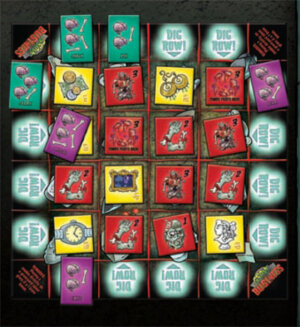
Each turn plays out in the following rounds:
First, Reset the Graveyard. Tiles are randomly placed face up on the Graveyard. If there aren’t enough tiles to completely fill the Graveyard then the game has ended and you’ll start counting up those aforementioned victory points. I will point out you might want to get yourself a dice bag or some other container so you can randomly draw the tiles.
Second, everyone places their zombies. In turn, beginning with the person who has the Start Player token in front of them, everyone chooses one of their zombies to either dig a row of the Graveyard, dig a particular spot on the Graveyard, Steal – from either someone else’s Lab or Vault, or Attack another zombie.
If you decide you want to Attack, you place your zombie on the sideboard for fights and choose which of the zombies currently on the Graveyard you want to have it out with. You reveal which zombies are fighting (remember all zombies are placed with the brains/bones side down) and the target of the attack will flip over the first of their stacked body parts which make up the construction of the zombie. As these pieces are randomly shuffled and placed face down when the zombie enters play, neither player knows what body part will be revealed. Not to go into to much detail, but depending on the points that make up the zombie you’ll know how many points of damage the defender will take. That is, unless the body part (or special item added to the zombie) indicates it fights back. Then the attacker has to flip over a body part and take damage. It’s possible this could go back and forth if you continue to flip body parts that state the zombie fights back. If the defending zombie is the last to take damage, it is removed from the graveyard. Zombies are destroyed if they lose half of their total points in body parts.
During placement if you run out of zombies, you’ll be skipped until everyone else has placed a zombie. In other words, even though those body parts can score you points at the end of the game, you’ll want to focus on building enough zombies to stay competitive with the other players.
The third round is resolving zombie actions. If you sent one of your zombies to Steal, you randomly take one tile from the target Lab or Vault. Stealing is simultaneous so you’ll want to place your ill gained booty to the side for a moment because someone can’t steal an item from you that you’ve just stolen this turn. Once again, I think this is where having that dice bag comes in handy because you can just gather up all the tiles from the target location and toss them into the bag for the thieving player to draw from.
Next you resolve the Digging. You’ll find that placing a zombie on a row will exert their power into digging items in that row. If you placed a zombie on a particular space then they don’t influence that row but only that space while receiving a plus one brain bonus to that square. Each square is evaluated as to how much zombie brain power (do they even have brain power?) is influencing it. In the case of a tie Bones are then measured and whoever has the higher total of Bones involved claims that tile. If a row or space had no influence exerted onto it, then the tile is removed from the Graveyard and reshuffled into the tiles awaiting placement in later turns.
Any Body Parts or Remnants of the Master you’ve gained go face up into your Lab and other items, such as treasure, go face up into your vault.
If any player claimed the Start Player, which is an interesting little side action during placement because it allows you to flip a placed zombie face up to see what you’re bidding against, they now choose another player to give first dibs on the next turn.
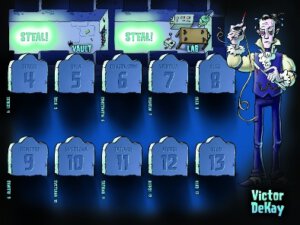
As mentioned above, the game ends when you can no longer fill the Graveyard or someone has all three pieces of the Master.
Alright, so here we have a game that incorporates a blind bidding mechanic… yawn. Grave Business also includes a worker placement aspect… normally also a bit of a snore in my book. No doubt you probably have an idea of where this is going. Although you’d be dead wrong!
Grave Business is a really fun game! I’ll lay it on the line and say that when I read the rules I thought, “Here we go again. I guess it’s time for another fair to middlin’ review on a game that just isn’t my bag of tricks.” Yet, when it made its way to the table, I was pleasantly surprised how well the game plays and incorporates interesting wrinkles which make the sum a hell of a lot more engaging than its parts may suggest.
There’s loads of interaction as you decide if you want to, hopefully, one up your opponents for particular items in the graveyard or fight one of their zombies to increase your chances of scoring critical loot or jump in and grab something from their Lab or Vault that they really shouldn’t have left floating out there.
Most games which have these tried and true “Eurostyle” mechanics come across as pretty dry to me as they tend to not keep everyone involved. There is nothing worse, in my opinion, than a game for multiple players in which no one actually does anything that directly affects anyone else. What is the point of that? Grave Business tosses enough tweaks into the mix to keep everyone on their toes and planning their next move.
Sure, there’s a “take that” mentality that comes into play (although there is an option to take attacks out of the equation) on a small scale but it isn’t as if anyone can completely knock anyone else out of the game. Plus, for gamers out there who avoid games that have any sort of confrontation, I have to wonder what the appeal of multiplayer games could possibly be. Obviously, games in which players can gang up on one player can be a bit of a drag – although, as Elliott will attest, I was normally the guy everyone would gang up on and I welcomed the challenge – but you normally find the confrontation is more along the lines of knocking someone down a peg while boosting your chances of winning.
Finally, the components are nicely presented, although there is a bit of warping with some of the game boards that can easily be remedied. The artwork is above average while the various necromancer’s names tends to be clever enough. Herbert Pest anyone? Anyone?
All in all, Grave Business really came out of left field for me and, while I originally thought this would be something simply okay, turns out to be one of the best games made up of “eurostyle” mechanics I’ve played in a long while!



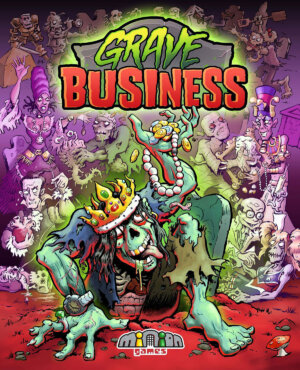


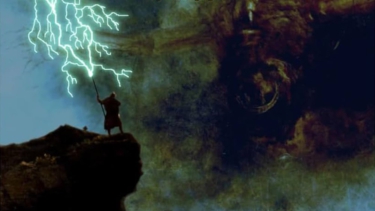
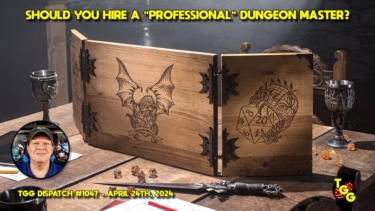
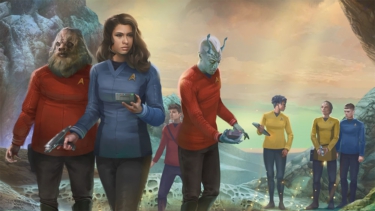


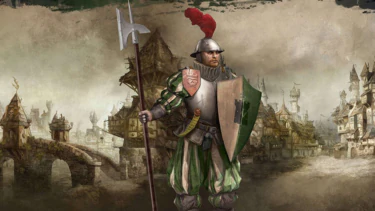
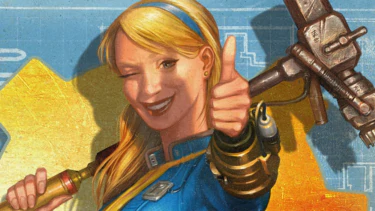
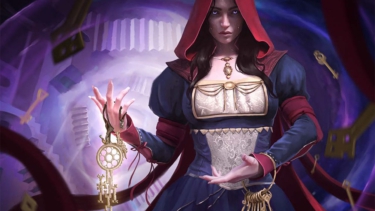
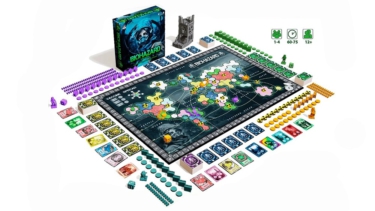
1 Comment
Another nice review, I’m a eurogamer mostly so and I love blind bidding. Worker placement if done well can be great in a game for me. I’ve been kind of hit or miss with Minion Game’s products as I liked Those Pesky Humans but was disappointed in Legitimacy. I have the PnP files for The Manhattan Project and am very much looking forward to trying out their card game Sturgeon…now Grave Business has made my list of interesting games to try out as well.